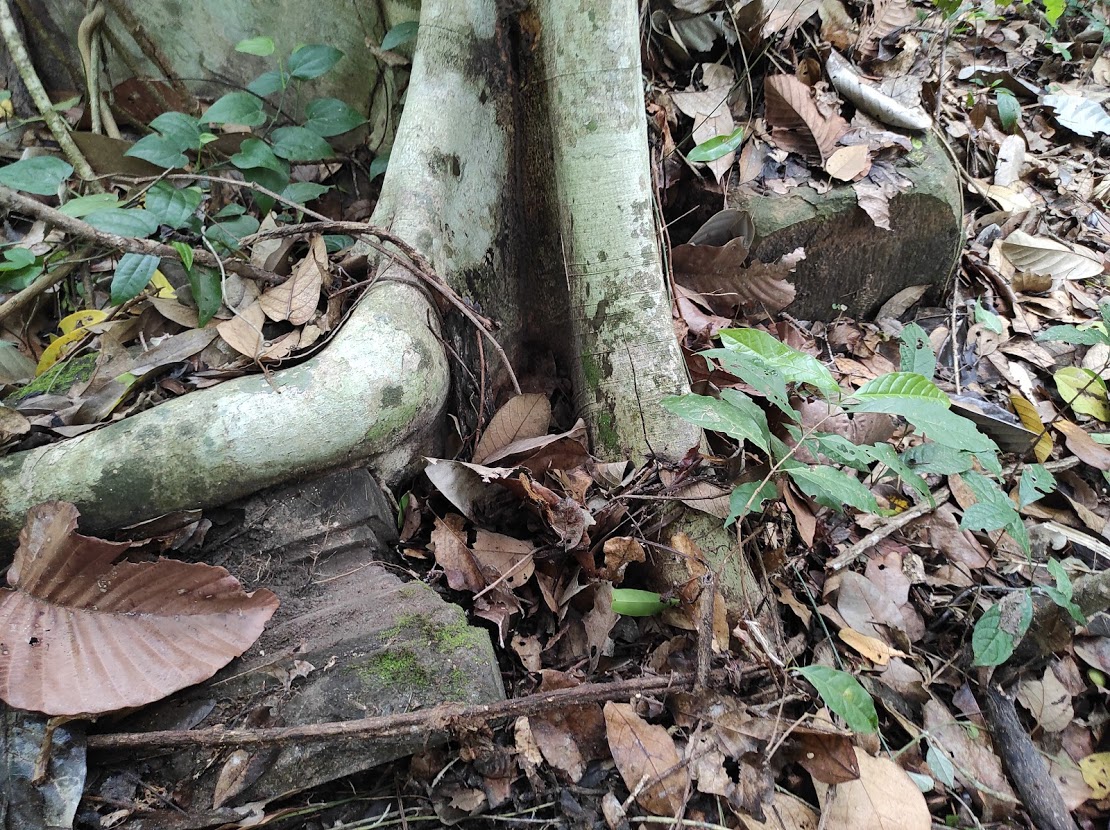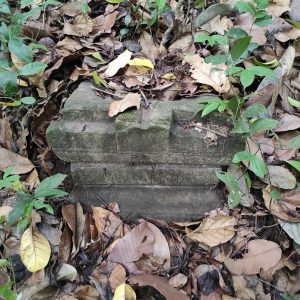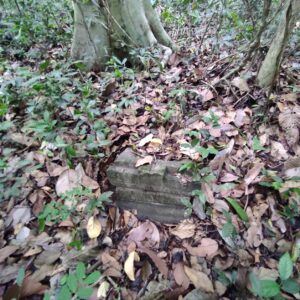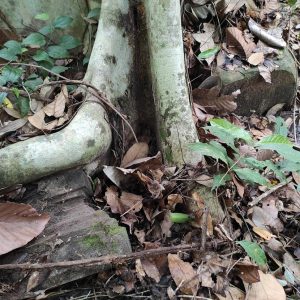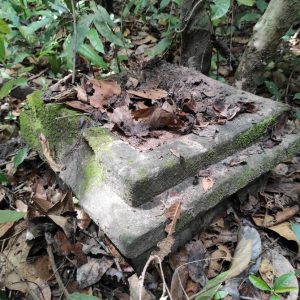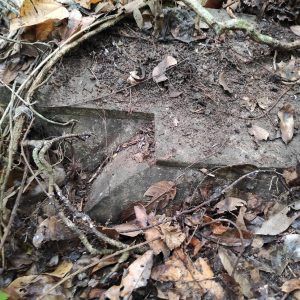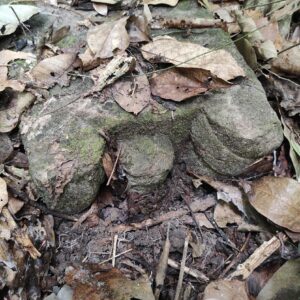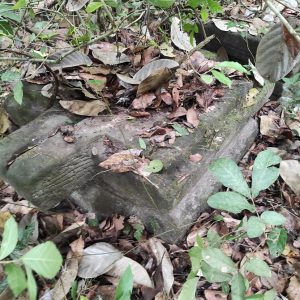- Area: Siem Reap Province > Krong Siem Reab > Sangkat Kouk Chak
- | Type: Ancient Remains & Temples
Remains of what is believed to be terrace structure constructed in the late/post Angkor period. The site occupies a large and high set mound which is surrounded by canalisation but not entirely moated in the classical sense.
Gallery
Site Layout
The remains occupy only a 40 sqm area of a much larger area and several pedestals, molded sandstone on a laterite base in square or rectangle shape that appears to form a base for a small terrace or chedi. There are other carved pieces although it’s hard to determine how they fitted in together due to the dense overgrowth.
What is interesting, the quality and preservation of some pieces which are so smooth with undecayed edges giving a very fresh look. Yet, as is familiar with other “Buddhist Terraces”, they feature no ornate design or pattern work typical of Angkor’s classical period.
The pedestals/yoni feature somasutra (water spout) indicating they held a linga, while some appear to have had the spout removed or perhaps lost over time. It’s also interesting to note the placement of the pedestals as some can clearly be seen to have tumbled or been uprooted and taken over by nature, while two are placed neatly side by side. Some appear to be partly finished.
The site is noted (recorded as ATV050) in research done by Dr. Andrew Harris and is also noted for excavation work.
Map
Site Info
- Site Name: No Official Name
- Reference ID: HA17559 | Last Updated: May 23rd, 2021
- Tags/Group: Angkor, Angkor Thom, Buddhist Terrace
- Location: Siem Reap Province > Krong Siem Reab > Sangkat Kouk Chak
- Credits: See Angkor Thom and its Lost World of Hidden Ancient Terraces

